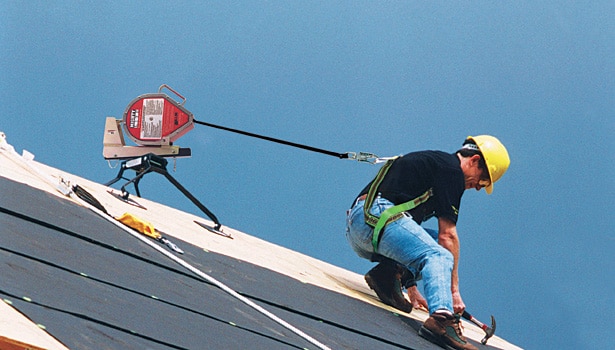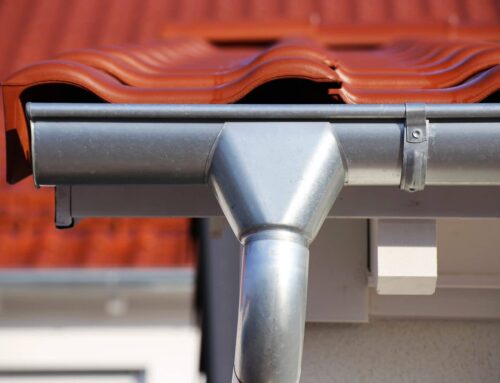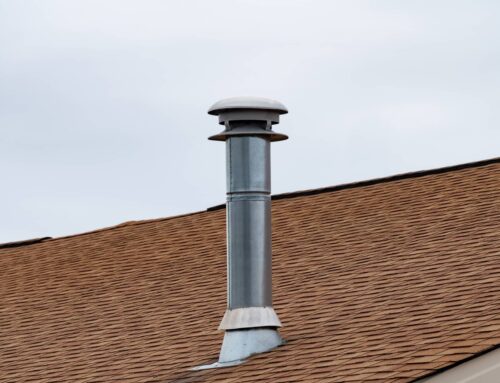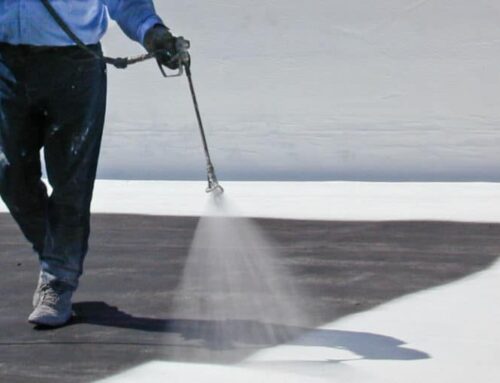Taking on do-it-yourself (DIY) roofing repairs can save you money, but it’s essential to prioritize safety throughout the process. Roofing projects inherently involve risks, and without proper safety measures, accidents can happen. In this blog, we’ll guide you through essential roofing safety measures and precautions you should know before attempting any DIY repairs or maintenance on your roof.
Assess the Scope of the Project
Before you even step onto your roof, carefully assess the project’s scope. Determine the type and extent of repairs needed, as well as whether it’s a task you can safely complete on your own. If the project involves major structural repairs or extensive work, it’s advisable to consult with a professional roofing contractor.
Proper Equipment and Attire
Wearing the right attire and using appropriate equipment is crucial for roofing safety. Here’s what you’ll need:
- Sturdy, slip-resistant footwear with good traction to prevent falls.
- A safety harness and lifeline if you’re working on a steep roof or at heights.
- A stable ladder that extends at least three feet beyond the edge of the roof.
- Safety goggles to protect your eyes from debris and dust.
- A dust mask to avoid inhaling harmful particles.
- Gloves for hand protection.
- A roofing nailer or hammer with a secure holster to prevent accidents.
- A tool belt or pouch to keep your tools handy and your hands-free when climbing.
Weather Considerations
Always check the weather forecast before starting a roofing project. Avoid working on a wet or rainy day, as a wet roof can be slippery and dangerous. Windy conditions can also be hazardous, making it challenging to maintain balance on the roof.
Roof Inspection
Before you begin any work, conduct a thorough inspection of your roof. Look for signs of damage, rot, or weak spots that could give way. Mark any areas that need repair and assess their structural integrity. Ensure that the roof is structurally sound and capable of supporting your weight.
Work with a Buddy
Having someone else present while you’re working on the roof is safer. They can assist you in an emergency, hand you tools and materials, and provide an extra pair of eyes for safety.
Be Cautious on Sloped Roofs
If your roof has a steep slope, exercise extra caution. Always stay on the lower sections of the roof and use a harness and lifeline if necessary. Avoid working on steep roofs altogether if you lack the proper equipment and experience.
Take Breaks and Stay Hydrated
Roofing can be physically demanding work. Make sure to take regular breaks, especially on hot days, and stay hydrated to prevent heat-related issues.
Prioritizing safety is paramount when undertaking DIY roofing repairs. While some minor repairs can be completed independently, it’s essential to recognize your limitations and consult with professionals for more extensive or complex projects. By following these safety measures and precautions, you can reduce the risk of accidents and ensure a safer DIY roofing experience. Remember that your safety should always come first when working on any home improvement project.
Ensure your safety with Just Quality Construction! Before attempting DIY roofing repairs, know the essential safety measures. Contact us today for expert guidance and professional assistance.





